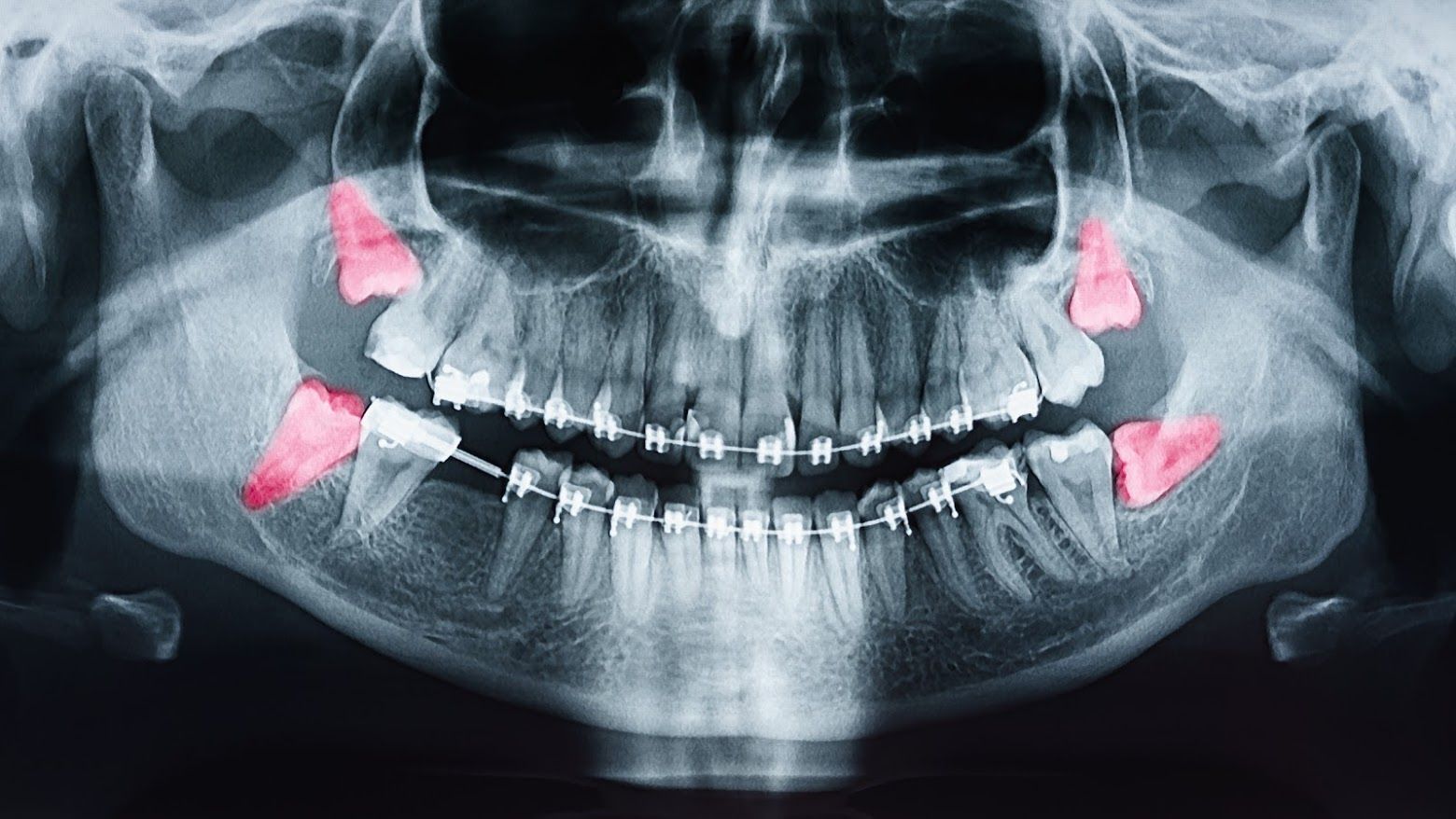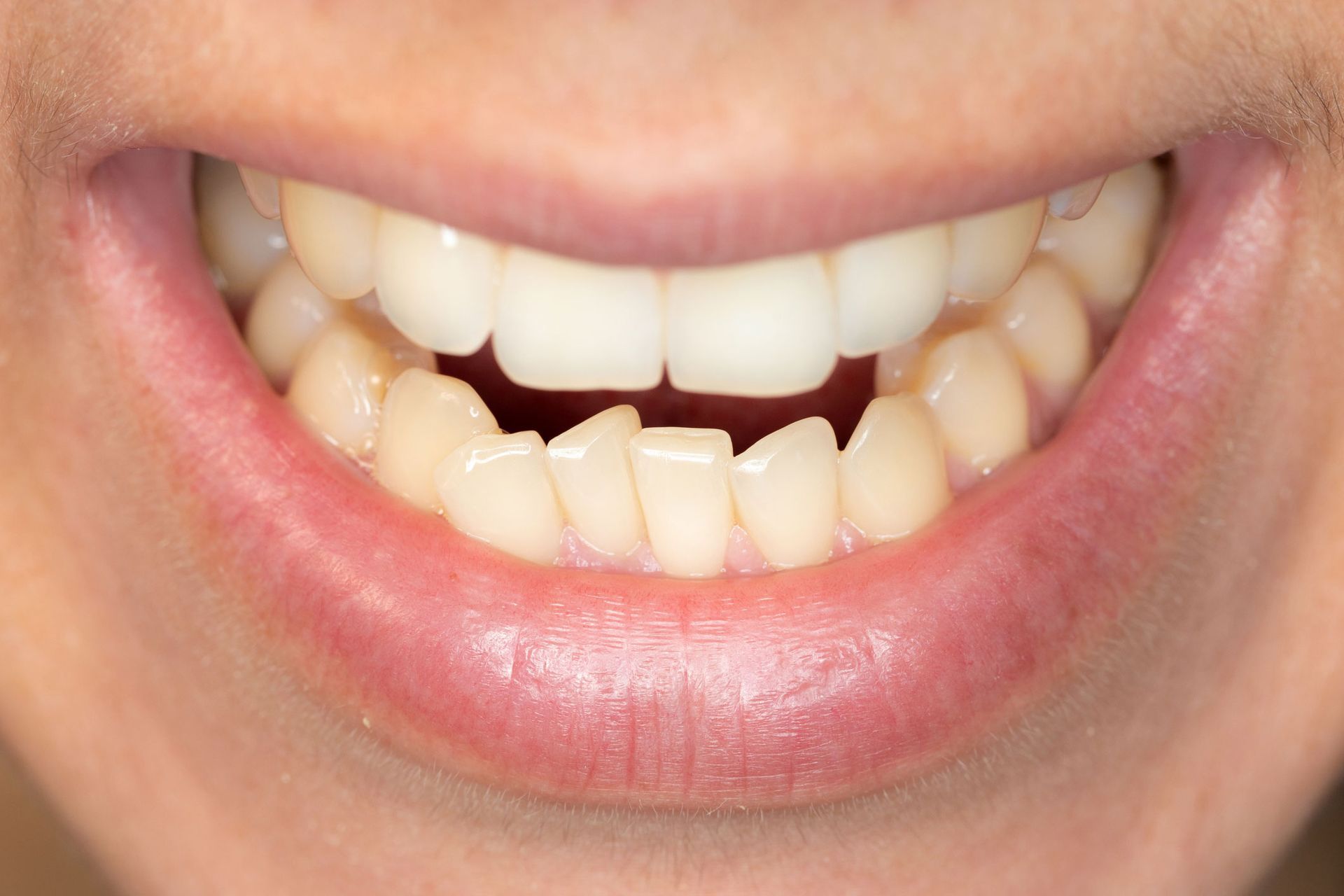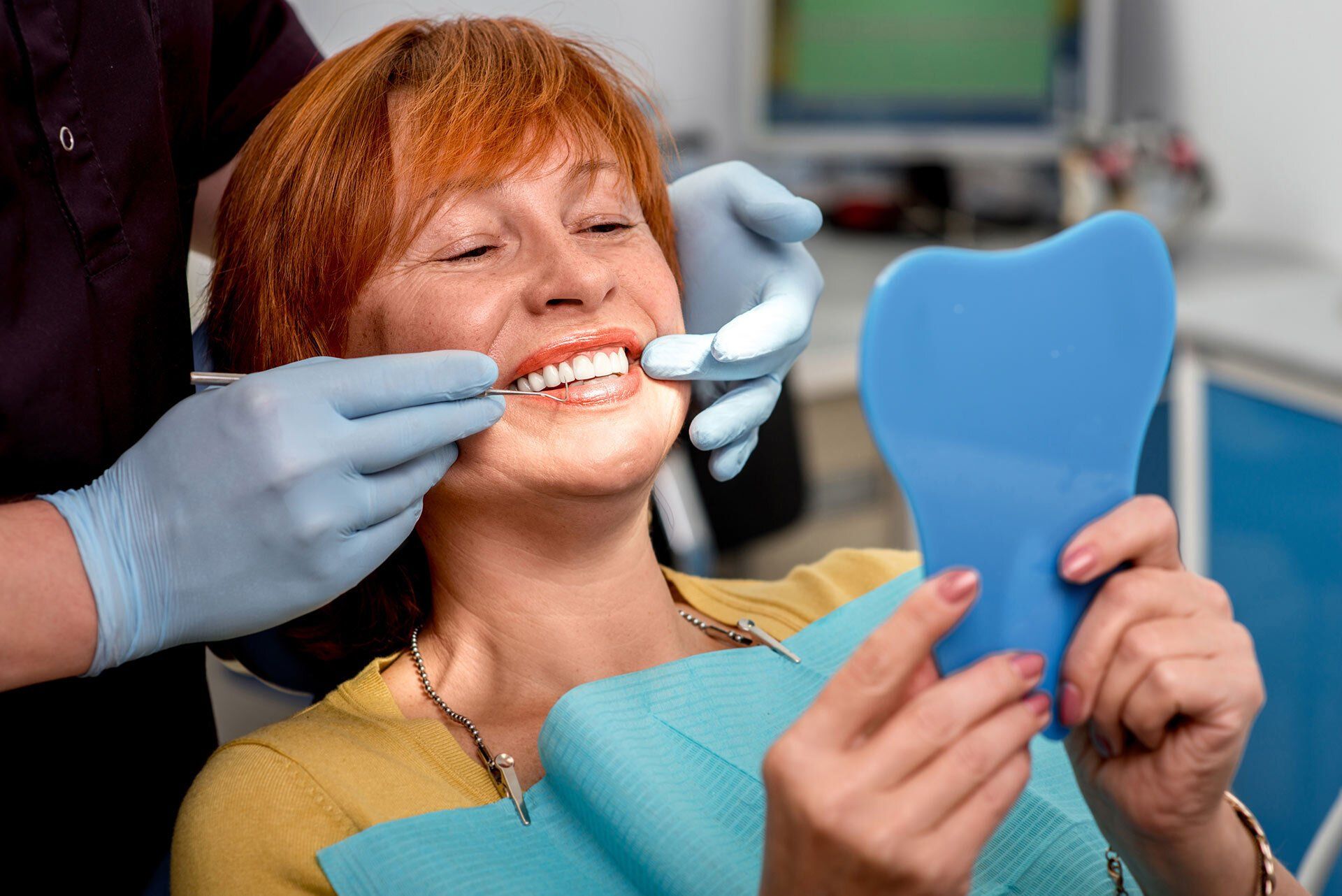Lancaster Office
Hershey Office
Lititz Office
The Benefits and Risks of Having Sedation for Children Having Oral Surgery

Many patients, including children, benefit from some sort of sedation for anxiolysis (anxiety control) when undergoing a complex oral surgery procedure. This can involve a wide range of options anywhere from receiving a pre-medication tablet to calm the nerves to full general anesthesia using intubation (breathing tube placement). Children, in particular, can benefit from sedation and in many cases, the surgery can be completed in a much safer and more stress-free environment for both the patient and their doctor.
When considering sedation, it is important to understand both the risks and benefits. At your consultation, your doctor will discuss the options for your child. While there are a wide range of options, some may not be recommended for a particular patient or surgery. Your consultation is a dedicated time for your doctor to discuss the process and allows you the opportunity to ask your doctor about the upcoming surgery and sedation in more detail.
TYPES OF SEDATION
Various techniques exist when considering sedation for your child. They include oral pre-med sedation, nitrous oxide, inhalation anesthetic agents, and intravenous (IV) general anesthesia. The optimal choice will depend on a child’s age, complete medical history, and the nature and length of the procedure.
ORAL SEDATION
Oral sedation involves the use of a medication taken by mouth to relax a child. While this is often a first choice in dental offices for long visits for restorations and cleanings, it is not usually used within the oral surgery office as these procedures are usually much quicker. The medication must be taken prior to the arrival of the child to the office. Because it is taken orally, the medication must be digested first to take full effect. The time frame to reach the maximum effect is different for each patient due to the variability of digestion. How long the medication works can also be unpredictable depending on the patient. One benefit to this option as it does not require starting an IV for those that are needle phobic.
NITROUS OXIDE (Laughing Gas)
Nitrous oxide provides light sedation used for procedures. While in use, the patient is alert and able to follow commands by the doctor and staff, and there is a feeling of euphoria with reduced anxiety. The gas can be titrated to a desired effect and then easily be reduced if a patient becomes uncomfortable. Often used in the dental office, nitrous can also be used as an adjunct to other forms of anesthesia. Within five minutes of discontinuing the gas and breathing oxygen, the effects of the nitrous will have worn off. There are no lingering effects upon discharge of the patient to home. While this form of sedation appears easy and effective, it is not always recommended for all patients. When anxiety levels are very high, some patients report to not receiving much of a benefit from nitrous oxide alone. In some cases, nitrous oxide can make patients feel disinhibited and anxiety levels can increase. No IV is required for this type of anesthesia
INHALATION ANESTHETIC AGENTS
Anesthetic inhalation agents (gases) are administered by applying a face mask onto the patient while he/she is taking deep, slow breaths. The patient quickly “goes to sleep” after 15-20 seconds of breathing deeply. Oftentimes, this can be used when a patient requires IV sedation, but is too nervous to start an IV awake. The gases are then discontinued once the IV is started and IV medications are administered. Inhalation agents can also be used for very quick procedures that require a deeper level of anesthesia than nitrous oxide. These gases are also often used in an operating room setting for longer cases when combined with other traditional anesthesia medicines. There are some drawbacks to this form of sedation as the patient can become nauseous after completion of the surgery. The gases also have a very pungent odor, which is not always comfortable for the patient.
INTRAVENOUS (IV) SEDATION
Intravenous (IV) sedation provides patients with a wide range of sedation (Mild, Moderate, and Deep) depending on what medications are used by your doctor during surgery. Once an IV is started (often in the arm or hand), medications are given through the IV and have an almost immediate effect. During the surgery additional medications are given and then discontinued as the surgery nears its end. This is the most commonly used form of sedation in an oral surgery office. This form of sedation is also used when your oral surgeon takes you to the hospital for complex medical issues or surgeries.
Benefits of Sedation for Children During Oral Surgery
The obvious benefit of choosing sedation for your child in the setting of an oral surgery procedure is that it eases the stress and anxiety many children experience. All too often, adults share vivid stories of when they were little and had to have a procedure completed awake. These experiences can negatively affect patients outlook on dentistry for the rest of their lives.
Sedation also can benefit the surgical team as it allows the surgeon to work in a quiet environment and focus on the task at hand. There is no risk of sudden movement by the patient, which could result in an unexpected injury with the instruments used during the surgery.
Also, children with special needs such as developmental delay or sensory processing disorders can also benefit from sedation dentistry.
Risks/Limitations of Sedation for Children During Oral Surgery
Aside from the benefits of sedation dentistry for children, there are potential risks. All procedures and anesthesia carry some risk, and the specific risks will vary depending on the sedation used.
For example, anesthesia can cause nausea or vomiting. If you or someone in your family has a history of post operative nausea or vomiting, it is important to share this with you doctor during the consultation. Specific medications can be provided that prevent this complication.
Deeper forms of anesthesia also require close monitoring not only during, but after the procedure. This often lengthens the time spent in the office. The medications also take up to 24 hours to wear off and therefore, patients must go home and recover rather than return to work or school that day. Aggressive physical activity and thing such as driving should also be avoided for 24 hours. Patients that have been sedated should also have a loved one home with them the first day to help them ambulate around the house as some patients can become dizzy or light-headed. It is also important to realize that many forms of anesthesia can alter a patient’s behaviour. Of course, these effects are transient and eventually wear off with time.
Sedation in the office may not be appropriate for all individuals. Your doctor may recommend the anesthesia be provided in a hospital setting due to a complex medical issue such as uncontrolled asthma or diabetes or limiting physical characteristic such as a poor airway assessment, history of sleep apnea or heavy snoring, obesity, or history of smoking. Items such as these can lead to complications during surgery and must be monitored closely.
If you are considering sedation for an upcoming oral surgery procedure, one of the fully-trained doctors at Conestoga Oral Surgery will guide you through the process and answer any questions that you may have. At Conestog,a our board-certified oral surgeons are trained in the full scope of oral surgery and anesthesia and provide a safe and comfortable environment for your child.
Call us today to schedule a consultation.
- Mon - Thu
- -
- Friday
- -
- Sat - Sun
- Closed














